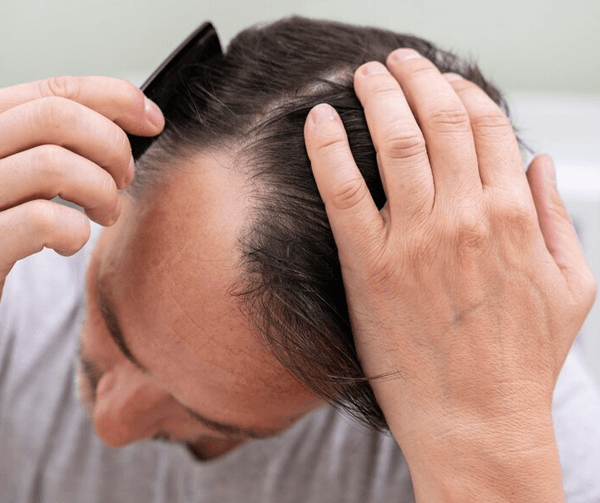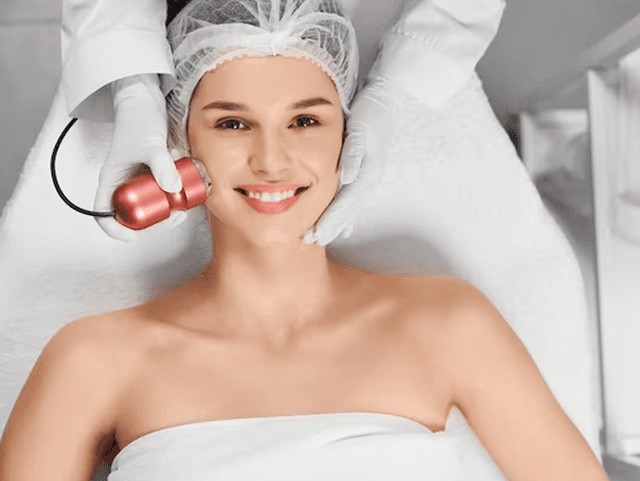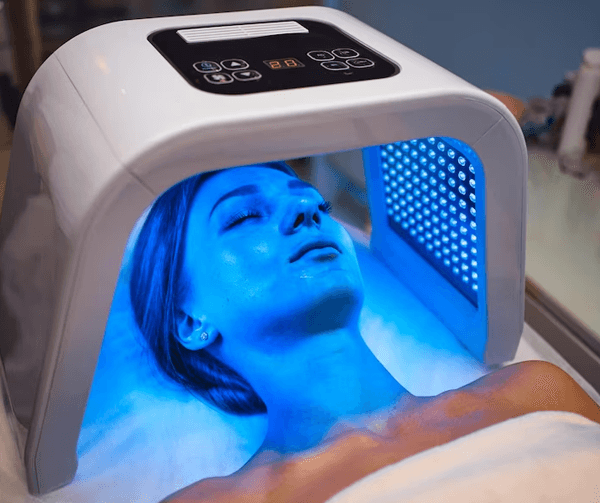Lasers were first introduced and used several decades ago, but when the world first got to know about them, little did people know that they would one day be used to help with hair loss. Today, low level lasers are being used with much success to help with hair loss and for instigating new hair growth. As a matter of fact, Low Level Laser Therapy or LLLT has become an extremely popular method to tackle hair loss, without any surgical intervention.
Low level lasers or cold lasers are used for hair therapy mainly because the light that they emit is absorbed mainly by the tissues that are being targeted. In cases, where the tissues have to be cut or restructured, hot lasers need to be used.
How does Low Level Laser Therapy work?
In the simplest of terms, a laser is a device that produces as well as emits a light that has a very specific wavelength and a precise amount of power. It is the characteristics of the wavelengths that make the laser truly unique and the colour of the light as well as the wattage will have to be chosen as per the requirement.
In most cases, for treating pattern hair loss, you would want to combine visible red light with a wavelength of 630-670 nanometres and the power wattage is incredibly low.
How does Low Level Laser Therapy work for hair restoration?
There is a reason why a laser with visible red light, a wavelength of 630-670 nanometres and low power wattage is used to treat pattern hair loss – the red light with low power and the narrow spectrum gets absorbed directly into the molecules of the hair follicle. This will lead to the creation of a biological reaction, that will eventually stimulate growth of new hair or at least regrowth. If there is no absorption of light, there will be no reaction, which in turn will mean that there will be no growth of hair.
The birth of LLLT was actually an accidental one – in 1967, a Hungarian scientist was doing an experiment on mice, wherein he was trying to determine the effect of visible red light on skin that has been affected by cancer. However, what he noticed was that when the skin was treated with this red light, the hair in the area grew much faster.
Over the past several decades, there has been much research in the area and studies have shown that the visible red laser light in the 630-670 nanometre spectrum, is absorbed really well by an enzyme known as cytochrome c. The resultant photo-biological reactions send out signals to the cells present in the hair follicles. This in turn will stimulate genetic activity, decrease the cell death caused due to the genes and also improve the survival rate of the follicles.
Does Low Level Laser Therapy work for everyone?
If one were to ask the question if low level laser therapy will work for anyone and everyone, then the honest answer would be no. There are situations where the molecules are unable to absorb the light emitted by the laser or even though the light is absorbed, it does not respond to the same. In such situations, there will be no hair regrowth nor will there be the chance of new hair growing.
Studies have shown that the best chances of hair regrowth with LLLT are when the hair loss is moderate or minimal. In most cases, the LLLT works best when it is combined with other therapies, such as medicines for hair restoration. It has also been observed that LLLT works really well, when it is done in tandem with a surgical hair transplant. Also it shows promising results when combined with PRP Therapy and Mesotherapy. What is most important to remember is that laser therapy is not a one-time process – it needs to be repeated over a pre-determined period of time, in order for it to show any real results.
Which are the most popular Low Level Laser Therapy devices?
There are actually a variety of low level laser therapy devices on offer these days, and these vary from comb like hand held devices to caps that can be worn. It is best that you talk to a specialist first, before going in for the procedure or investing in a device.
Some of the most popular devices include
- The Laser Cap uses over 200 lasers, which are embedded in the very fabric of the hat. The hat is marketed as a cosmetic device, which is why you will not have to worry about the FDA clearance.
- The Laser Comb might look like a regular comb, but it has lasers in the teeth, which will deliver the low level laser to the hair, every time you comb your hair. The comb has been cleared by FDA to treat patter hair loss and can be purchased through a physician.
- Certain kind of Laser has diodes, which deliver the light straight onto the scalp is yet again tagged as a cosmetic device.
It is important to remember that before you start using any laser device, you get yourself checked by an expert, because not only will they be able to help you pick out the right device, but also tell you whether you need it at all.







